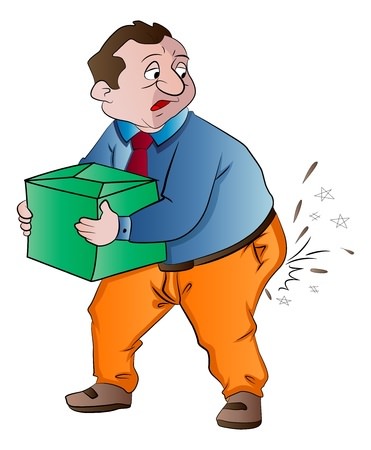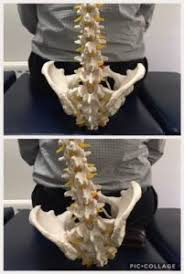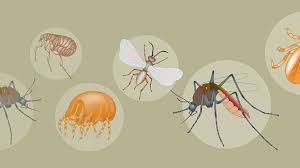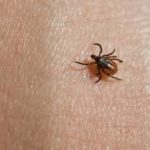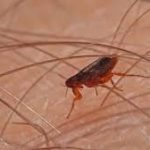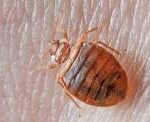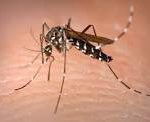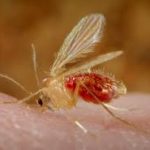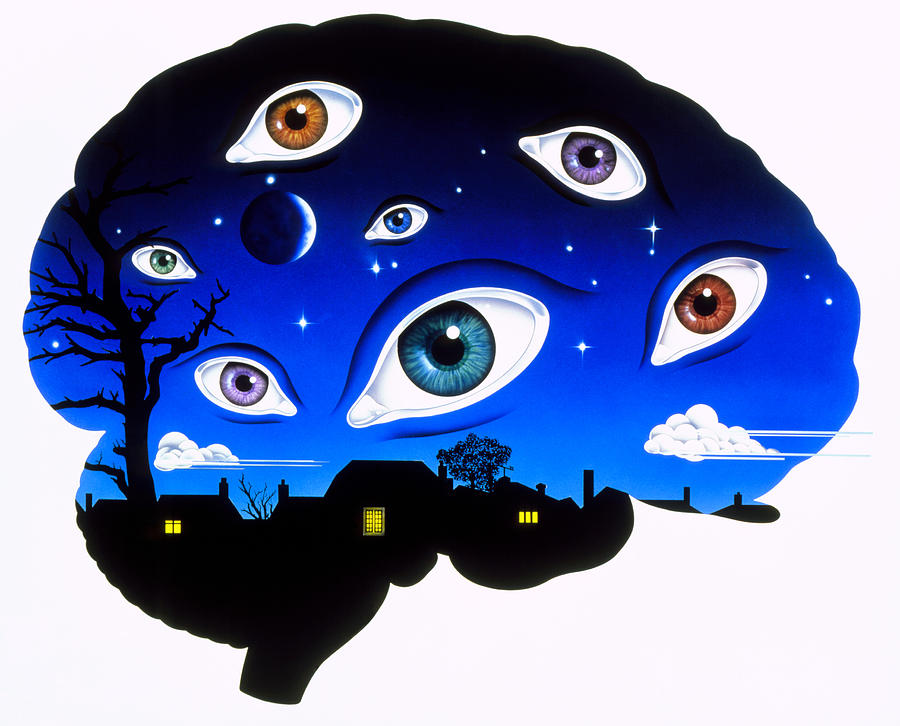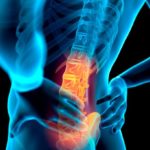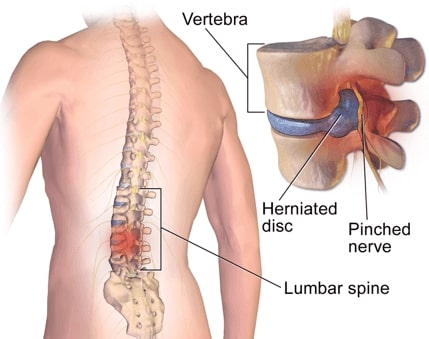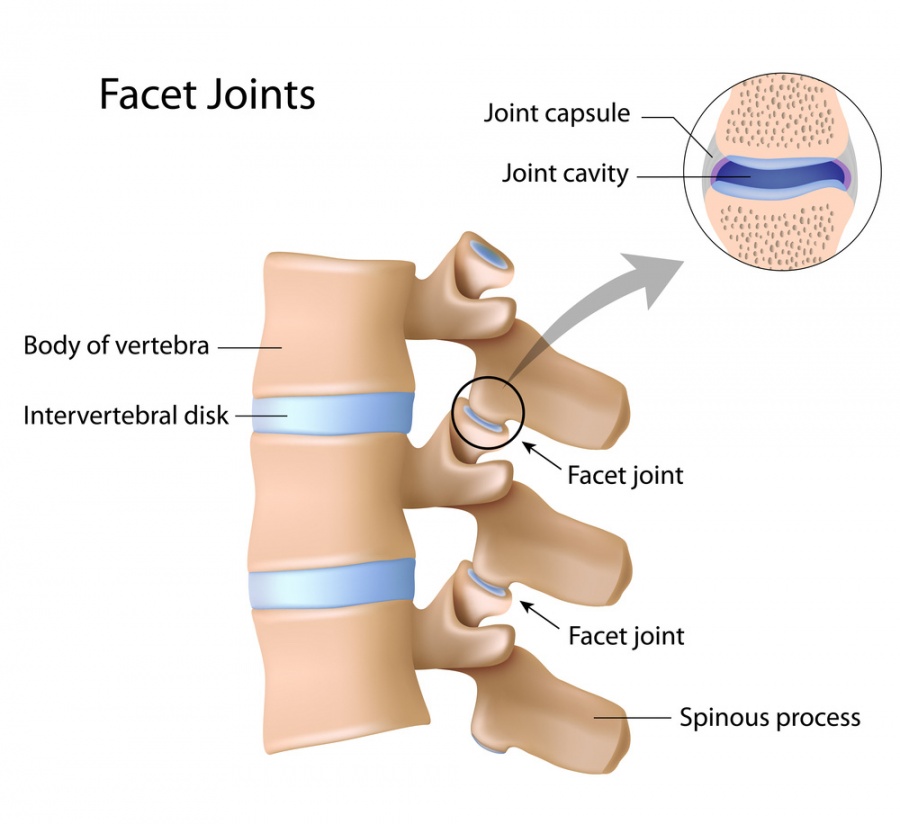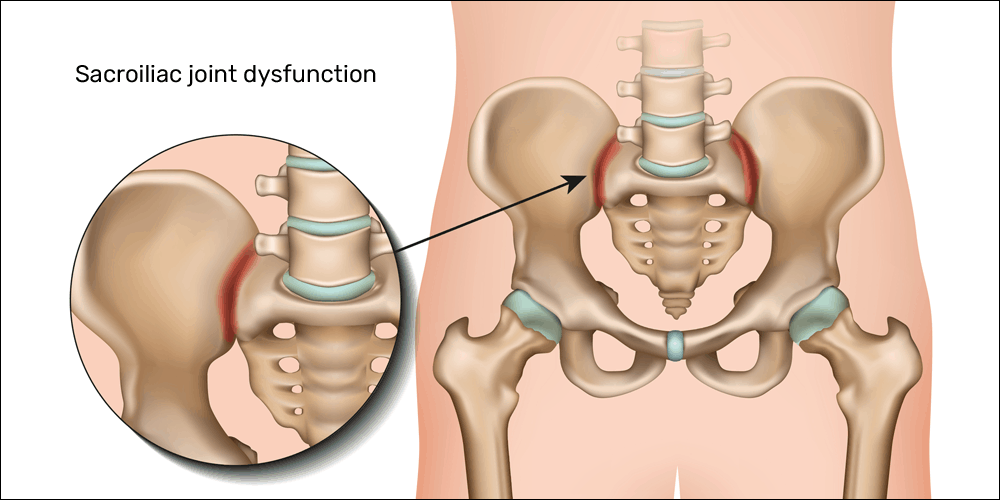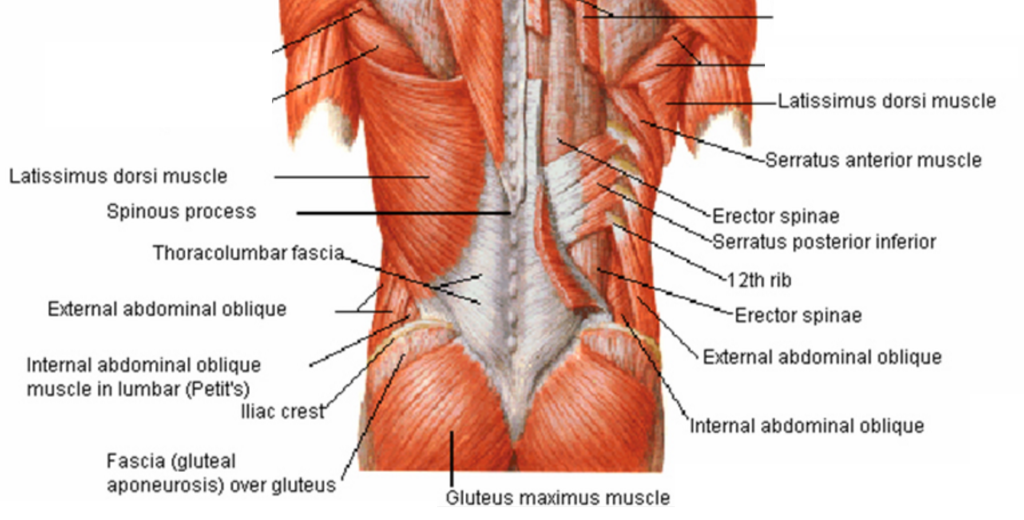Heat Exhaustion & Heat Stroke
Overview
Prolonged or intense exposure to hot temperatures can cause heat-related illnesses such as heat exhaustion, heat cramps, and heat stroke (also known as sun stroke). As your body works to cool itself under extreme or prolonged heat, blood rushes to the surface of your skin. As a result, less blood reaches your brain, muscles, and other organs. This can interfere with both your physical strength and your mental capacity, leading, in some cases, to serious danger.
Heat-related illness can strike anyone. But chronic alcoholics, the elderly, the young, the obese, and individuals whose immune systems may be compromised are at greater risk, as are individuals taking certain drugs, such as antihistamines, antipsychotic medications, and cocaine. High humidity also increases the risk of heat illness because it interferes with the evaporation of sweat, your body’s way of cooling itself. The reasons that people have heat related illnesses can be broken into two main categories:
- Exercise-associated heat exhaustion or heat stroke and
- Non-exertional classic heat stroke
Heat exhaustion, heat cramps, and heat stroke all occur when your body cannot cool itself adequately. But each is slightly different.
Heat cramps can strike when the body loses excessive amounts of fluids and salt. This deficiency, accompanied by the loss of other essential nutrients such as potassium and magnesium, typically occurs during heavy exertion.
Heat exhaustion occurs when the body loses larger amounts of water and salt through excessive sweating, particularly through hard physical labor or exercise. This loss of essential fluids can disturb circulation and interfere with brain function. Individuals who have heart, lung, or kidney problems or are on low-sodium diets may be particularly susceptible to heat exhaustion.
Heat stroke, the most serious of the heat-related illnesses, occurs when the body suffers from long, intense exposure to heat and loses its ability to cool itself. In prolonged, extreme heat, the part of the brain that normally regulates body temperature malfunctions. There is a decreases in the body’s ability to sweat and, therefore, cool down. Those who have certain medical conditions that decrease the body’s ability to sweat — such as scleroderma or cystic fibrosis — may be at greater risk of developing heat stroke
Source: WebMD
Symptoms
Heat Cramps:
- Severe, sometimes disabling, cramps that typically begin suddenly in the hands, calves, or feet
- Hard, tense muscles
Heat Exhaustion:
- Fatigue
- Nausea
- Headache
- Excessive thirst
- Muscle aches and cramps
- Drenching sweats, often accompanied by cold, clammy skin or a sensation of prickly skin
- Confusion or anxiety
- Weakness
- Slowed or weakened heartbeat
- Dizziness
- Fainting
- Agitation
Heat Stroke:
- Nausea and vomiting
- Headache
- Dizziness or vertigo
- Fatigue
- Hot, flushed, dry skin
- Rapid heart rate
- Dry skin
- Profound sweating
- Shortness of breath
- Decreased urination
- Blood in urine or stool
- Increased body temperature (104 degrees to 106 degrees F)
- Confusion, delirium, or loss of consciousness
- Convulsions
Diagnosis & Treatment
Diagnosis
Observation or experience of any of the above symptoms
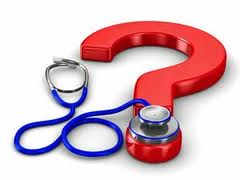
Initial Treatment
- Heat stroke: Call 911 if any heat stroke symptoms are present.
- Heat exhaustion and heat cramps: If symptoms get worse or do not improve in an hour, call 911.
Advanced Treatment
Heat stroke
The best treatment for heat stroke is immediate cooling in an ice bath. It takes ice and water to efficiently cool the body. Do not delay. If heat stroke occurs at a location where an ice bath is not possible, move the individual to a cool area if indoors or a cool, shady area if outdoors. Loosen or remove the person’s clothing. Have the person lie down and slightly elevate the feet. Cool the person as quickly as possible. Wet the person’s skin with cool water, place cool cloths or ice all over the body, spray the person with a garden hose or soak the person’s clothes with cold water. Check the person’s temperature and continue these efforts until his/her temperature is 101°F or lower. Do NOT give the person fluids to drink. Continue your efforts until medical help arrives.
Heat exhaustion
While waiting for medical help, move the individual to a cool area if indoors or to a cool, shady area if outdoors. Give the person cool water to drink in small sips. Cool head, face, and neck with cold ice packs, cold cloths or cold water. When symptoms improve, take the individual to a clinic or emergency room to be seen by a nurse or doctor.
Heat cramps
Heat cramps usually can be treated by rest and fluids. The person should stop the activity and rest in a cool place. Have him/her drink apple or grape juice or a sports drink in small sips every 15 to 20 minutes. He or she should rest for several hours before going back to work or exercise.
Prevention
Everyone should take these steps to prevent heat-related illnesses, injuries, and death during hot weather:
- Stay in an air-conditioned indoor location as much as you can.
- Drink plenty of fluids even if you don’t feel thirsty.
- Schedule outdoor activities carefully.
- Wear loose, lightweight, light-colored clothing and sunscreen.
- Pace yourself.
- Take cool showers or baths to cool down.
- Check on a friend or neighbor and have someone do the same for you.
- Never leave children or pets in cars.
- Check the local news for health and safety updates.
So tell us YOUR story!
Ask questions!
Disclaimer: This is an informational post designed to foster discussion. It should not substitute for the advice of your doctor.


